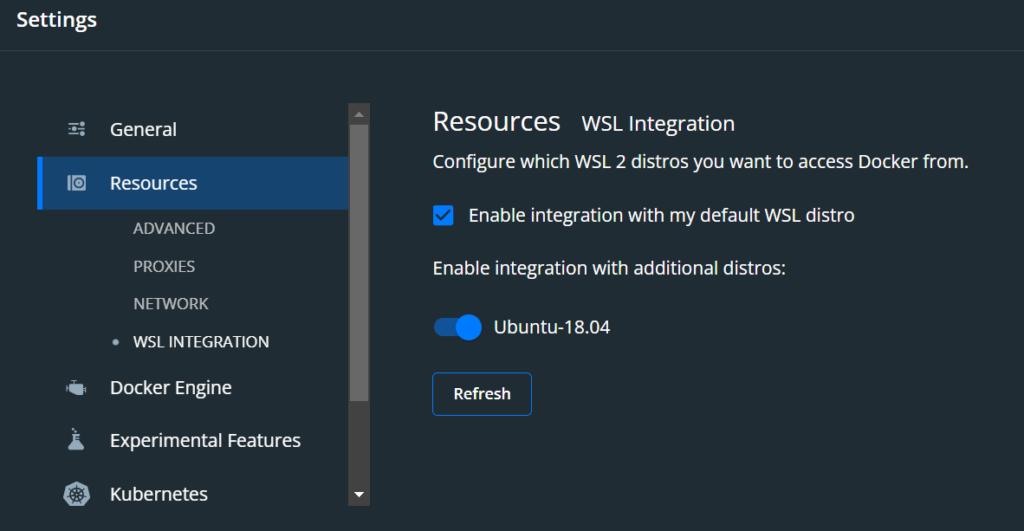Im letzen Beitrag zum Thema fast docker Part I habe ich einen einfachen DB Container erstellt. Hier folgt jetzt der dazugehörige Php Container:
php:
ports:
- '22:22'
build: ./container/php/.
volumes:
- template-html:/var/www/html
- ./container/php/php.ini:/usr/local/etc/php/php.ini
- ./container/php/log.conf:/usr/local/etc/php-fpm.d/zz-log.conf
environment:
PHP_OPCACHE_VALIDATE_TIMESTAMPS: 1
volumes:
template-html:
Die Datei php.ini wurde nach „außen“ in den Ordner container/php/ gelegt. Damit ist sie im auch nach dem Build und Deploy leicht veränderbar.
Das Volume template-html wird alle Anwendungsdaten beinhalten. Es entspricht dem /var/www/html directory.
Das Volume wird nicht nach außen gemountet.
Das Docker Container File Dockerfile beinhaltet weitere Pakete für den php container, wie z.B. zip, mysql, opcache, gd, composer, git, wget, apcu, imagemagick und basiert auf PHP 7.4-fpm:
FROM php:7.4-fpm
USER root
RUN apt-get update --fix-missing
RUN apt-get install --yes libicu-dev
RUN apt-get install --yes libjpeg62-turbo-dev
RUN apt-get install --yes libfreetype6-dev
RUN apt-get install --yes libpng-dev
RUN docker-php-ext-install -j$(nproc) mysqli pdo_mysql opcache
RUN docker-php-ext-configure gd --with-freetype --with-jpeg
RUN docker-php-ext-install -j$(nproc) gd
RUN docker-php-ext-configure intl && \
docker-php-ext-install -j$(nproc) intl
ENV PHP_OPCACHE_VALIDATE_TIMESTAMPS="0"
ADD opcache.ini "$PHP_INI_DIR/conf.d/opcache.ini"
RUN cd /usr/src && \
curl -sS http://getcomposer.org/installer | php -- --install-dir=/usr/bin --filename=composer
RUN apt-get install --yes sudo
RUN apt-get install --yes unzip
RUN apt-get install --yes zip
RUN apt-get install --yes git
RUN apt-get install --yes bzip2
RUN apt-get install --yes libbz2-dev
RUN docker-php-ext-install bz2
RUN apt-get install --yes wget
RUN apt-get install -y default-mysql-client
RUN apt-get install -y \
libzip-dev \
zip \
&& docker-php-ext-install zip
# APCU
RUN pecl channel-update pecl.php.net
RUN pecl install apcu igbinary
RUN docker-php-ext-enable apcu igbinary
# IMAGICK
RUN apt-get update && apt-get install -y libmagickwand-dev --no-install-recommends && rm -rf /var/lib/apt/lists/*
RUN printf "\n" | pecl install imagick
RUN docker-php-ext-enable imagick
RUN apt-get update && apt-get install -y imagemagick
RUN docker-php-source delete
#USER www-data
USER root
Die Datei opcache.ini wird für den opcache gebraucht.
Das gesamte Projekt befindet hier auf https://github.com/getit-berlin/fast-docker-php-template

